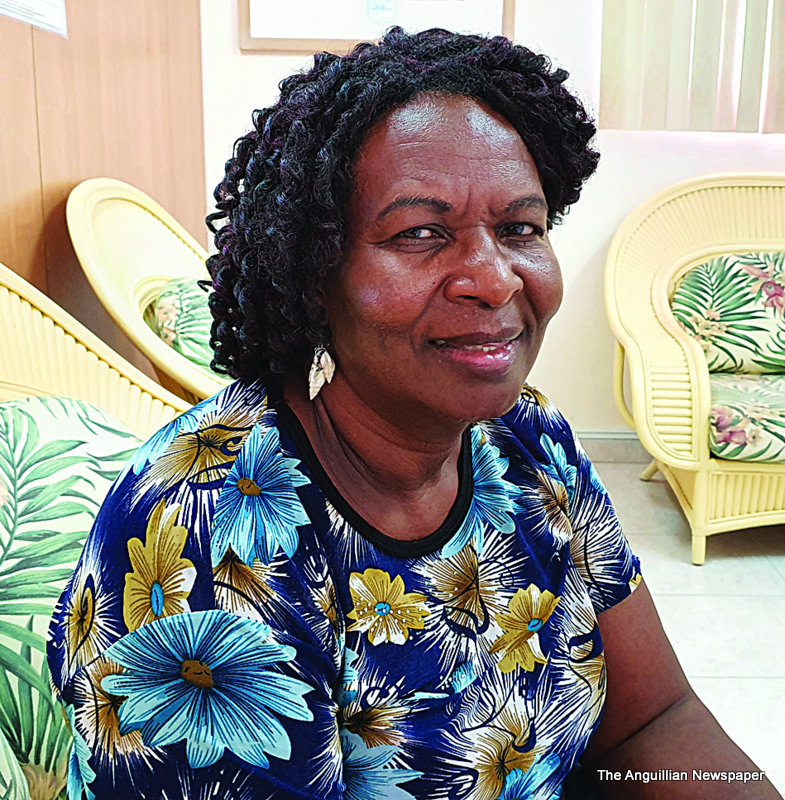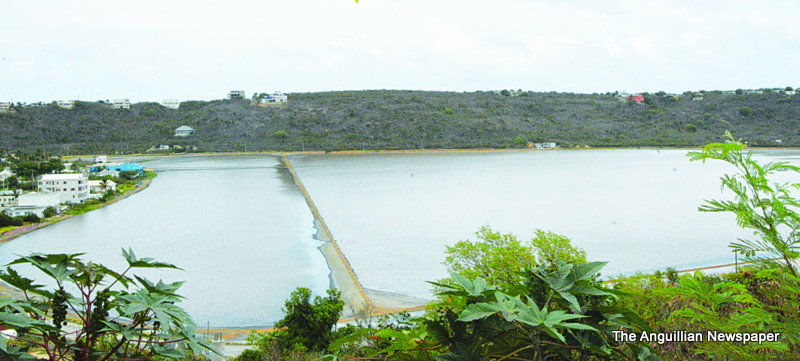
It is many years now since the Road Salt Pond industry in Anguilla was closed with the cessation of salt exports to the Trinidad and Tobago oilfields.
The reason for its closure was due to two main issues. One was the difficulty in obtaining boats to transport the salt to Trinidad; the other was the export of cheaper supplies to that Commonwealth Caribbean country by Cuba. If there was another reason, it could have been the declining availability of salt-harvesting workers in Anguilla with the ageing of the traditional pickers.
Apart from the exportation of supplies, the sea salt was heavily used on the island by householders in the absence of the iodized salt now sold in the local supermarkets.
Notwithstanding the closure of the salt industry, every now and then groups of persons on the island relive the culture of salt-picking both for the experience and fun.

The latest of such past-times is this weekend, Saturday, July 25, when it was arranged for a group of cultural enthusiasts to engage in a salt-picking experience at the Road Bay Pond. The picking will be done from 6 am to 8 am to avoid the heat of the water, and the skin-itching, as the sun comes up. The salt pickers will gather at the Lit Lounge Parking Lot, at Sandy Ground, from where they will make their way along the tracks on the pond and into the water. The salt is now ready for harvest, given the dry weather which is required both for the salt formation and harvesting.
The salt-picking was preceded by a two-day exhibition on Thursday and Friday, July 23 and 24, using samples of salt already in stock. The exhibition was held at St. Gerard’s Catholic Church Conference Centre. It also featured works of art.
The driving force behind the salt festival, as the event called, is Mrs. Louise Brooks an Anguillian educator and artist. “It came about because of two things,” she explained. “First, a group of us went to CARIFESTA in Trinidad last year summer when we produced a drama presentation entitled ‘Sweet Salt’. The idea came back fresher when we had the recent political debates and Jerome Roberts spoke about a salt festival and an agricultural festival. However people appeared not to know what is a salt festival. Some of them asked what we were going to do with salt – are we going to get blood pressure? The point is that we in Anguilla could have a salt festival – just like places like Australia where there has been a salt festival for thirty-eight years. The second thing is that, due to the doubts expressed by persons about such an event in Anguilla, I decided to take on the task of getting it done.”
Mrs. Brooks continued: “In order to get the ball rolling, I got in touch with Clemvio Hodge [her nephew], who does salt-picking videos and also with the drama group but this planned meeting did not come off. I was trying to organise a tour to a number of places, such as Anguilla Sea Salt Company, but this did not materialise due to the Covid-19 lockdown. So I just settled down with the two-day salt-picking experience and the exhibition.”
It is being arranged for a number of schoolchildren and adults to participate in the salt festival.
Entry to the event will cost US$20 for adults and US$10 for children. Breakfast will be included.
Apart from the local involvement in salt-picking, the cultural activity is regarded as an occasion for the tourism calendar of events when the hospitality industry is resumed.








